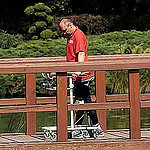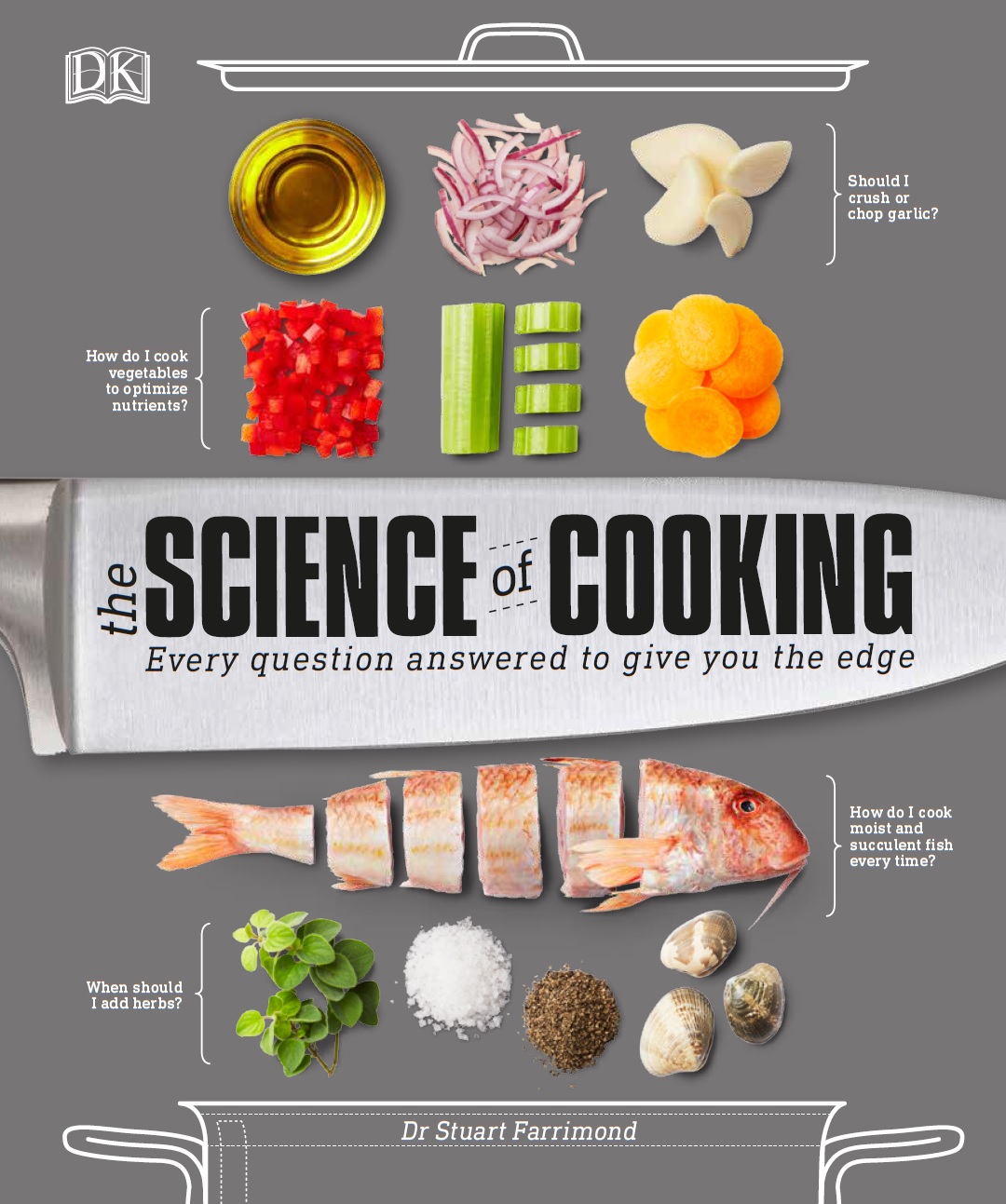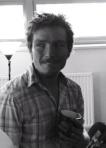 Without doubt, Geoffrey Raisman is in line for a Nobel Prize. The little-known British professor has been the brains behind a breakthrough that ‘cured’ a paraplegic man. Bulgarian Darek Fidyka was left paralysed after a knife attack four years ago; images of him now standing upright shot across the globe a few weeks ago. For the first time in history, surgeons had successfully fixed a severed spinal cord. In a bizarre act of surgical jiggery-pokery, surgeons removed nerve cells from Darek’s nose and then transplanted into his damaged spinal cord. Once there, the nose cells stimulated nerves to grow across the 8 mm gap in the spinal cord. And amazingly, this ultimately gave him feeling and movement back in his legs.
Without doubt, Geoffrey Raisman is in line for a Nobel Prize. The little-known British professor has been the brains behind a breakthrough that ‘cured’ a paraplegic man. Bulgarian Darek Fidyka was left paralysed after a knife attack four years ago; images of him now standing upright shot across the globe a few weeks ago. For the first time in history, surgeons had successfully fixed a severed spinal cord. In a bizarre act of surgical jiggery-pokery, surgeons removed nerve cells from Darek’s nose and then transplanted into his damaged spinal cord. Once there, the nose cells stimulated nerves to grow across the 8 mm gap in the spinal cord. And amazingly, this ultimately gave him feeling and movement back in his legs.
What the news reports didn’t say
However, unlike most of the news reports, the actual facts aren’t so straightforward. For one thing, it wasn’t the overnight ‘miracle’ many journalists suggested – improvements were painfully slow and it took five months of intensive physiotherapy before the first results were seen. And to say that he is now able to ‘walk’ 19 months post-surgery is fairly generous use of the term: he is able to use his legs to support some of his weight while shuffling forward on a frame. Nevertheless, Darek has accomplished a great feat. Yet this treatment didn’t come straight out of the blue: several others have undergone the surgery without benefit, making some sceptics think that Darek is a fluke.
Sidestepping the scepticism for a moment, most medics and scientists still believe that Professor Raisman’s work could be the start of something big. With further refinements, it could well turn out to be a truly life-changing treatment for a handful of people. However, for the majority of paraplegics, quadriplegics, and those disabled through brain damage – who do not have a clean knife wound – it probably won’t be a fix. To find a modern-day solution that can offer the hope of a ‘cure’ in the foreseeable future, we need to look away from the surgeon’s knife.
Bionic prosthetics
Out of the gaze of the television crews, engineers and techie-types are leading a technological revolution set to transform rehabilitation. These researchers and designers are developing a new generation of prosthetic body parts, called ‘bionics’, that look and move eerily like the real thing. As if lifted straight out of a Terminator movie, these robot-like arms and legs can be fitted to an amputee’s stump, enabling them to walk, dance and climb in a way they could never have imagined. ‘Wiring’ these artificial limbs onto a person’s nervous system, they can also be controlled at will – offering almost instant restoration (unlike surgery). And for the disabled who haven’t physically lost an arm or leg, futuristic-looking powered frames (called exoskeletons) can be fitted around any non-functioning limb, giving it the power to move it once more.
Both bionic and biological, it is an exciting time - these developments represent huge leaps forward in the world of rehabilitation. For me they also have a special significance. A few months ago, a close friend suffered major brain damage that left her disabled. Through physiotherapy, support and her own sheer doggedness, she is defying the odds by learning to eat, talk, and use her arms and legs again. The experts have assured us that a full recovery would be a miracle - but we’re not giving up hope that she may be able to walk again. Perhaps one day though, these new technologies will make it possible for her, and people like her, to achieve the miracles that today we can only dream of.
An inspiring video…
Thanks for reading – all opinions expressed are my own. Feel free to add your thoughts in the comments below.
Follow @realdoctorstu
Image credit: The Speaker via Flickr










Leisure Sickness-Why We get Ill When We Stop Working Is Because Our Bodies Slows Down When We are Doing Nothing!!! For Us To Stay Health We Need Always To Keep Ourselves Motivated Body , Mind Soul !!!Because We Risk To Loose What We Do Not Use Fact !!!!!
Posted by wilson | January 31, 2015, 4:27 pmOne Thought On ” How To Heal Paralysis: Modern Day Miracles. ( Only By Stimulating The Cells To Grow New
Ones !! There Is No Quick Fix !!!
Posted by wilson | January 31, 2015, 4:45 pmYou are wrong. Geoffrey Raisman is opening a clinic in St George’s hospital in London which will be concentrating on more complex injuries including contusion injuries. Then they want open it up to all neurosurgeons round the World to accelerate the progress and keep out of ay one person’s hands.
Posted by Paddon | June 7, 2015, 3:35 am